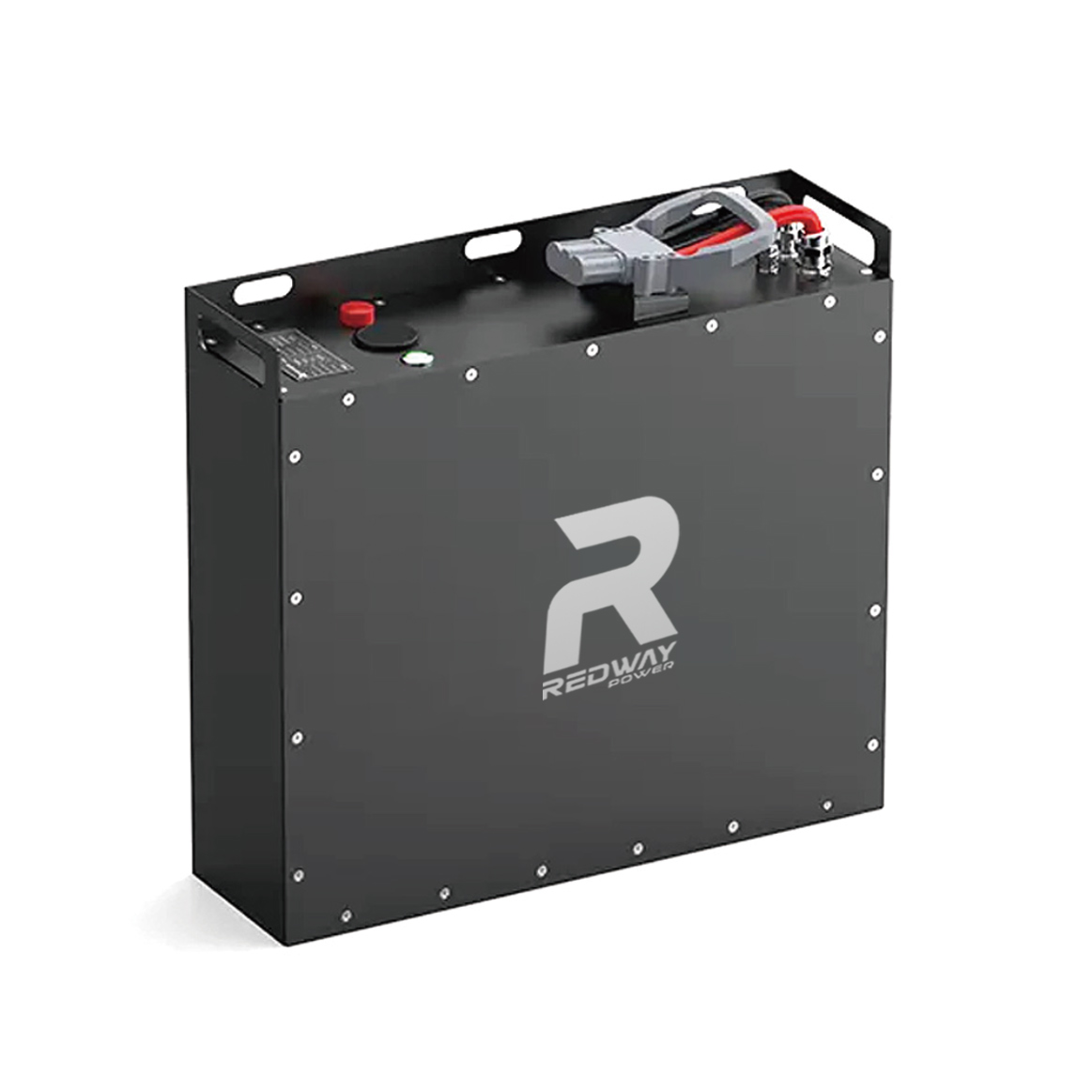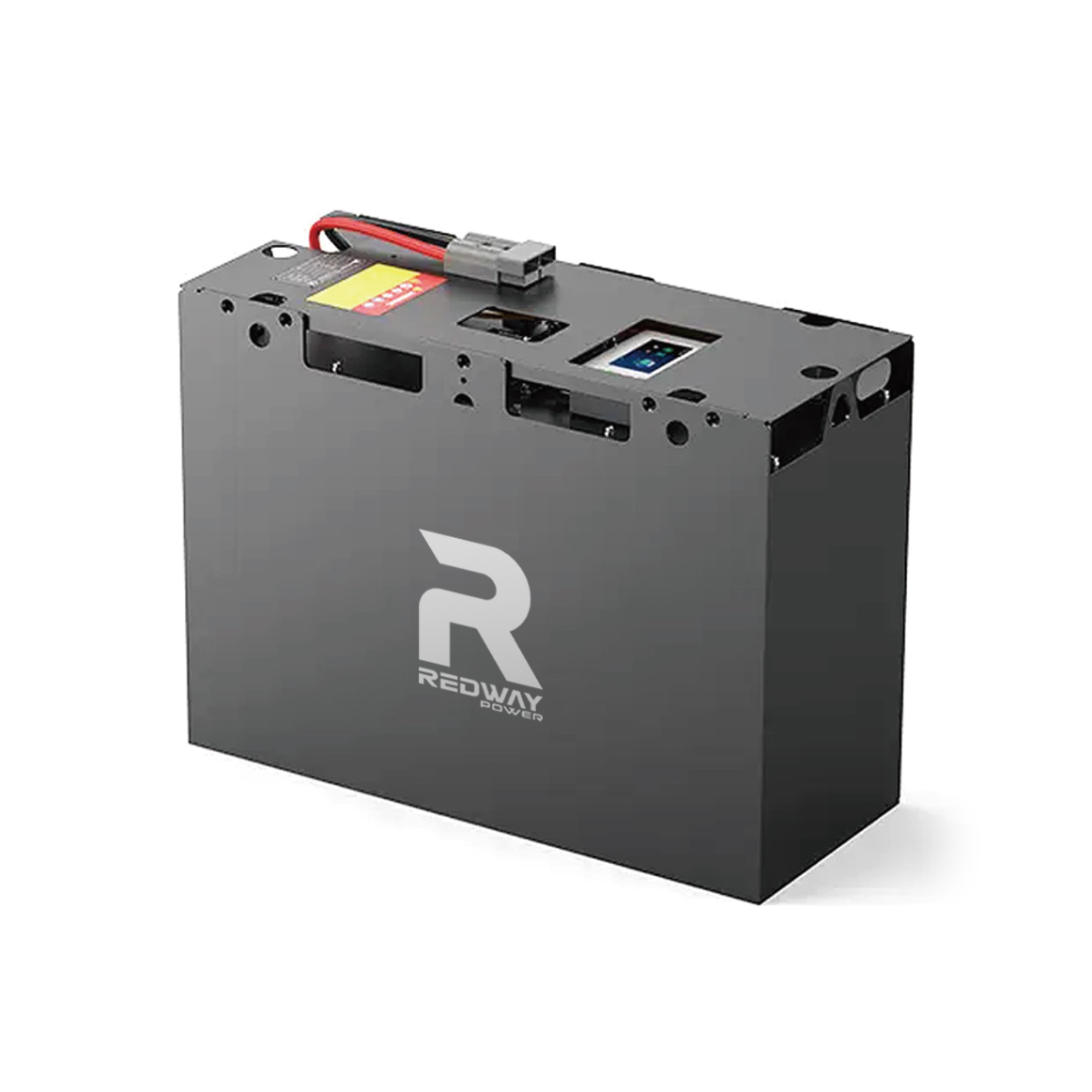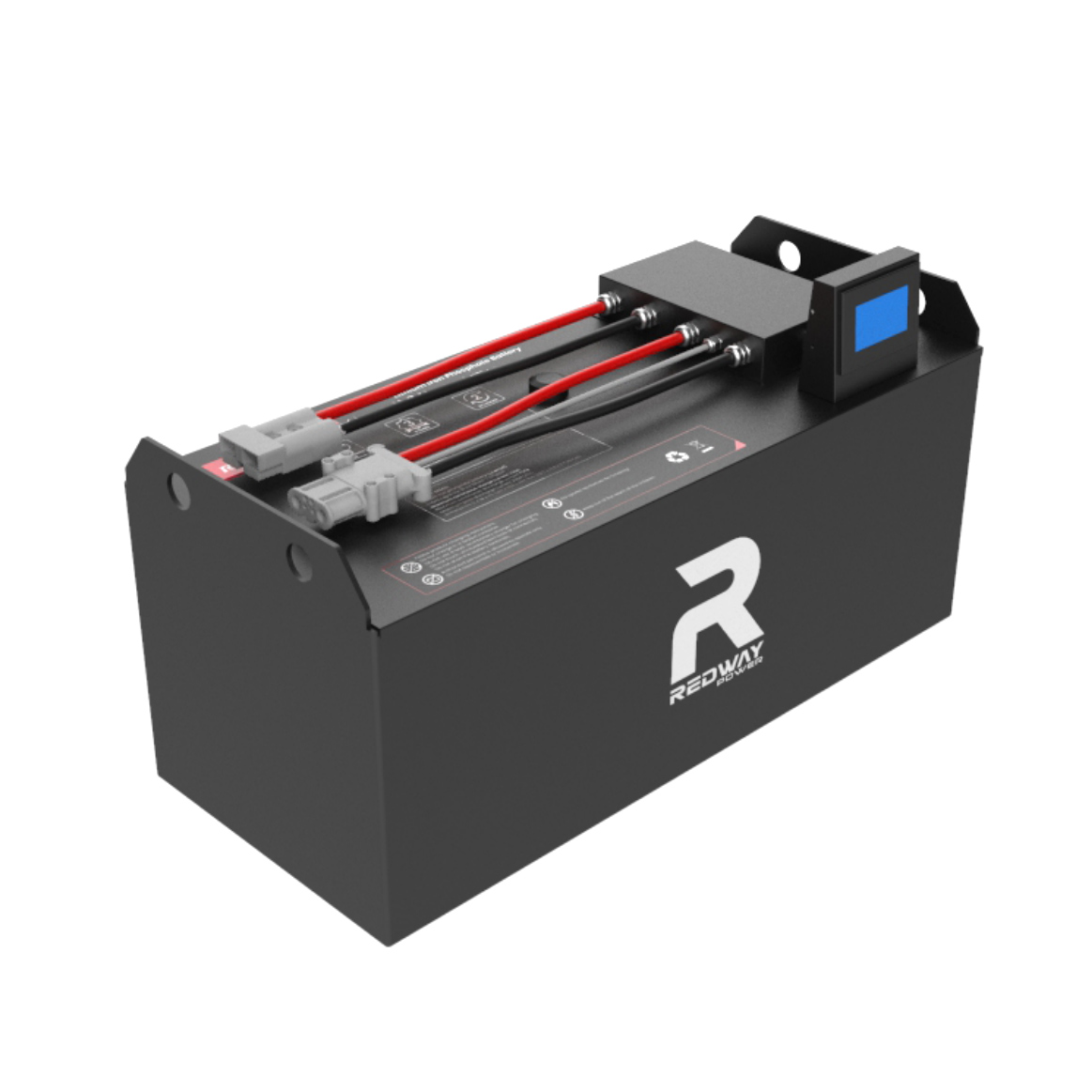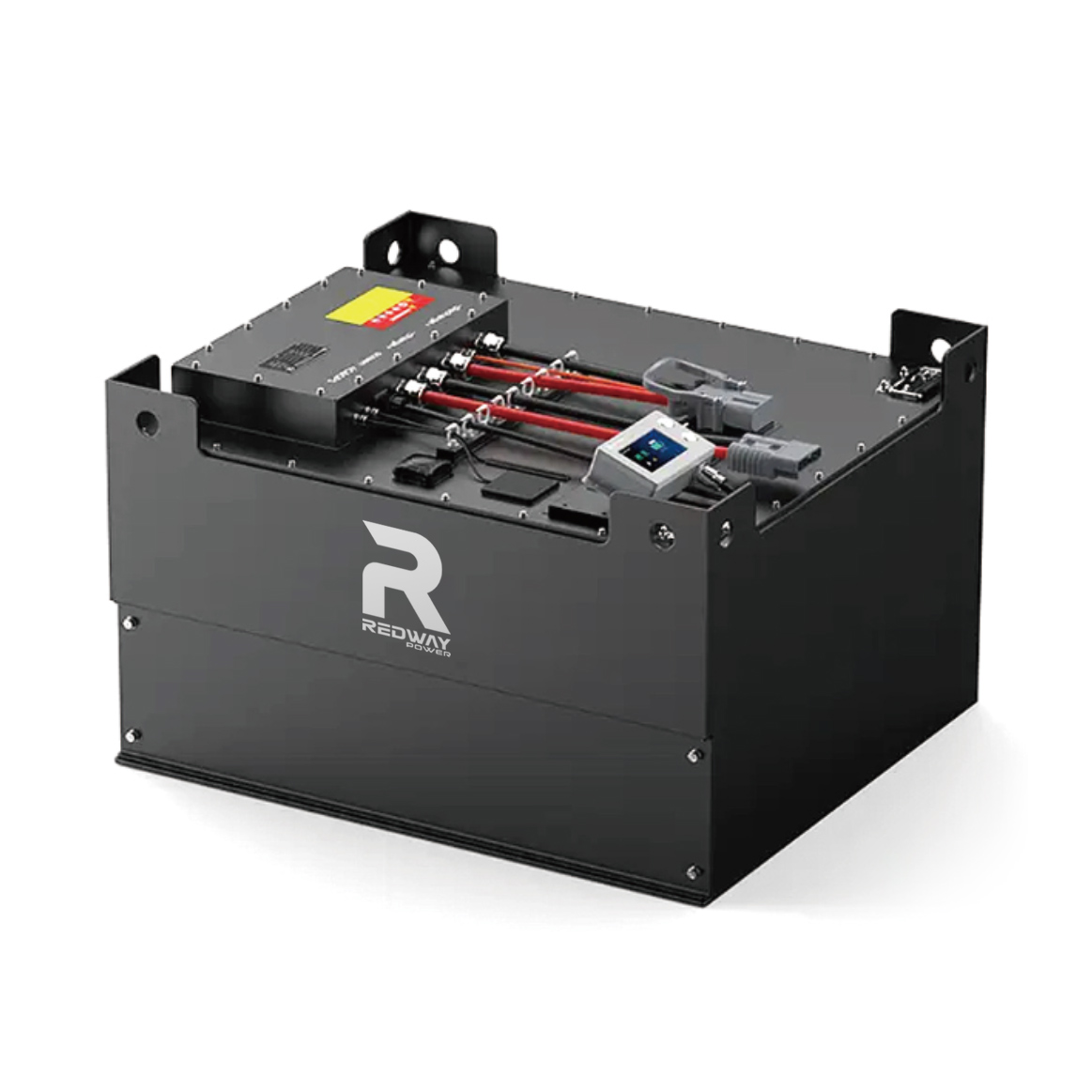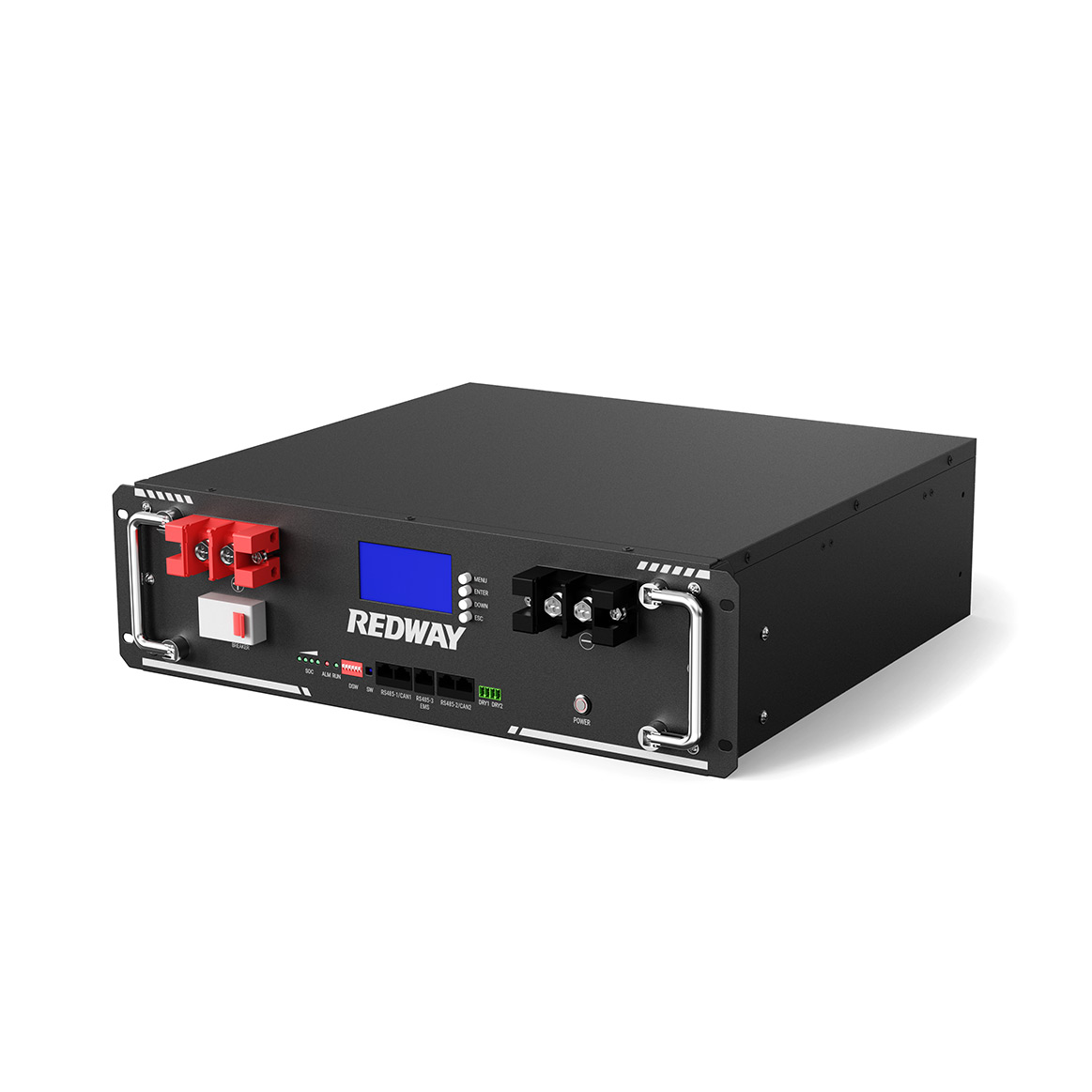Deep Cycle LiFePO4 Batteries Manufacturer
Looking for a business partner from whom you can buy deep cycle lithium batteries at wholesale price? We got you covered. Learn more about how we can work together.
Redway Lithium ion Battery Factory has been diligently striving to unlock the mysteries of transforming deep cycle LiFePO4 Batteries into a profitable venture. Discover the inner workings of LiFePO4 Batteries, explore their advantages, various categories, extensive product line, exceptional craftsmanship, and a plethora of other fascinating details by simply clicking the button below!
We are a Lithium Battery OEM Factory
Redway is dedicated to the domains of 12V, 24V, 36V, 48V, 60V, 72V, 80V, 96V, 100V Deep Cycle Lithium Iron Phosphate Batteries, RV lithium battery, Marine battery, Rack-mounted lithium battery, Golf cart lithium battery and Forklift lithium batteries. Their ultimate goal is to fulfill the diverse energy needs of customers by providing comprehensive energy service solutions. These solutions encompass a range of offerings, including lithium-ion battery energy storage products, smart hardware solutions, energy investment, and operational services, among others.
Don’t you find what you are looking for?
Just tell us your detailed requirements. The best offer will be provided.
Blog
What Are Key Safety Features for Telecom Lithium Batteries?
January 19, 2026
No Comments
Telecom lithium batteries prioritize safety through built-in BMS protection, thermal management, and robust certifications like UL 1973, CE, and ISO 9001. These ensure reliable operation
Can Rack Lithium Batteries Fast-Charge in Telecom Racks?
January 19, 2026
No Comments
Rack lithium batteries, particularly LiFePO4 models from China manufacturers like Redway Battery, support fast-charging up to 1C rates in telecom and data center racks. These
Can Redway Customize Telecom Lithium Batteries?
January 19, 2026
No Comments
Redway Battery, a leading China-based OEM manufacturer, offers fully customizable voltage, capacity, and form factor options for telecom lithium batteries in factory projects. As a


